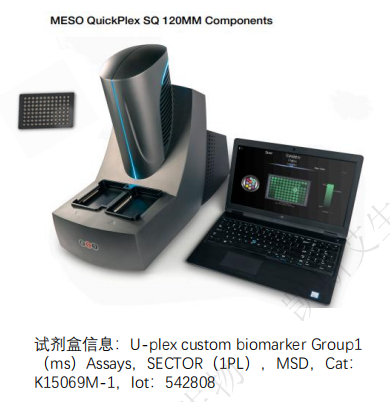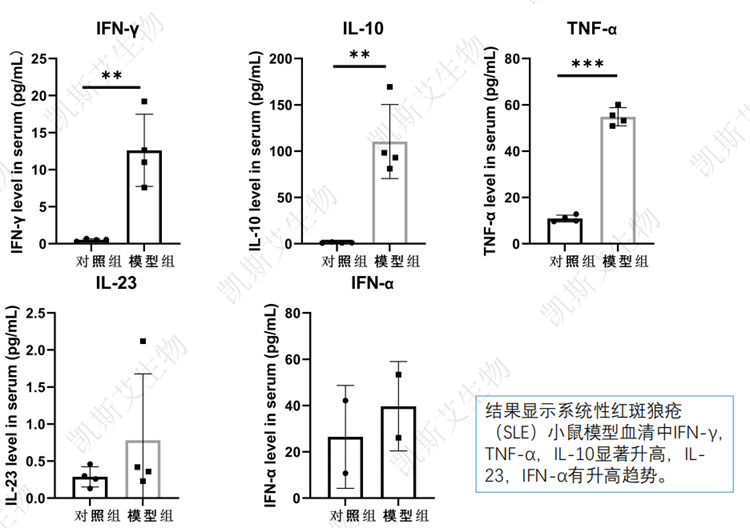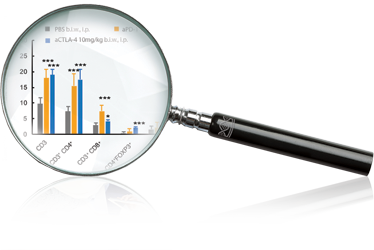Background Introduction
Since 1965, quantitative immunoassay technology has undergone three generations of development: radioimmunoassay, enzyme-linked immunosorbent assay/chemiluminescence, and electrochemiluminescence.The electrochemiluminescence technology of MSD (Meso Scale Discovery) is an upgraded version based on the Elisa principle. The antibody is captured at the bottom of a 96/384 microporous plate (made of graphite material with a circuit on the back), and the sample to be tested is added. The detection antibody labeled with triphenylruthenium is added to form a double antibody sandwich complex. The microporous plate is placed in the MSD instrument. After the microporous plate is powered on, the triphenylruthenium undergoes a chemical reaction, during which photons (620nm detection) are released and captured by the CCD camera in the instrument. The released photons are proportional to the concentration of the analyte.

Core strengths
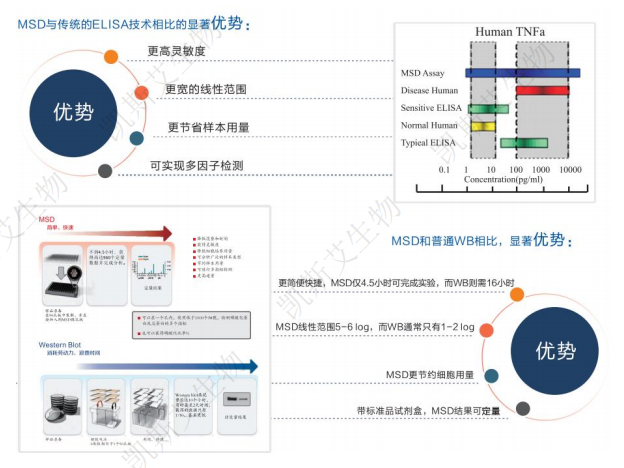
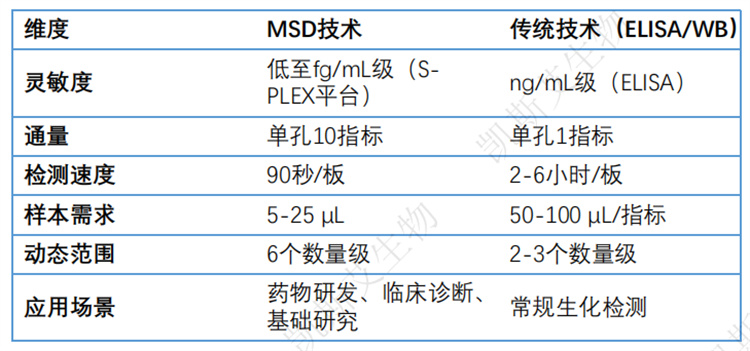
01. Lower background, higher sensitivity, wider linear range
Traditional enzyme-linked immunosorbent assay (ELISA) is mainly based on enzyme-linked immunosorbent assay (ELISA), and the sensitivity of ELISA is often between 10-1pg/ml. MSD electrochemiluminescence technology is mainly based on the ultra sensitive multi factor electrochemiluminescence analyzer MESO Sector 600 or Quickplex SQ 120. MSD electrical signal excitation and optical signal detection are completely decoupled, reducing background interference to less than 1/100 of traditional methods. The sensitivity can reach 0.05pg/ml, and the effective linear range is up to 6 log.
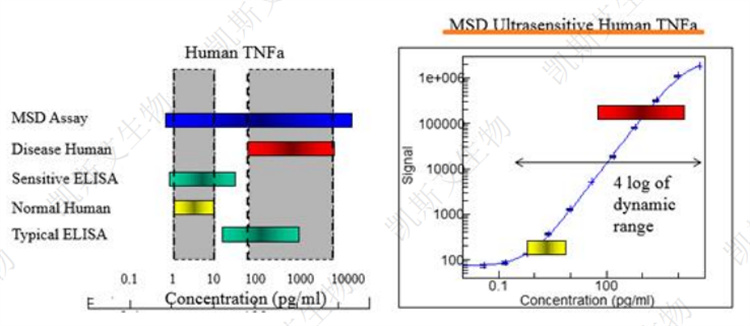
02. Save sample usage and achieve multiple detections
• The sample size required for traditional ELISA is generally 50-100ul, and the demand for multiple indicators is even greater. MSD only requires a sample size of ≤ 25ul for both single and multiple indicators to complete the detection.
• MSD uses dot matrix technology to pre dot print 1-10 capture antibodies in different spots of each hole in the 96/384 graphite electrode plate, thereby achieving detection of 1-10 indicators per hole.
✅Not dependent on wavelength differences of different fluorescent groups (such as flow cytometry).
✅Each monitoring point is individually tested for a specific analyte.
✅The light intensity emitted by each detection point is correlated with each analyte in the sample.
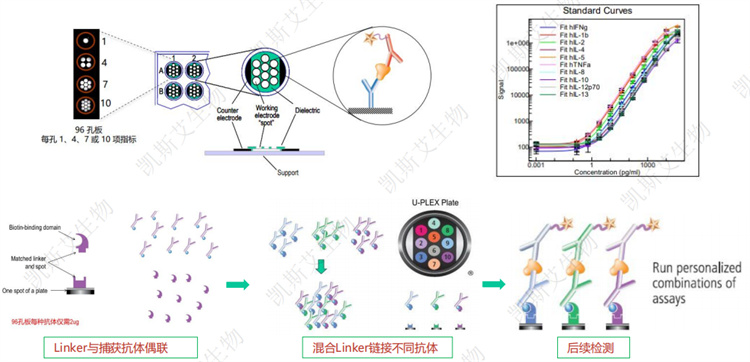
03. High uniformity and repeatability
MSD intra plate CV<6-8%, inter plate<10%, inter batch<15%. At the same time, the MSD reagent kit has an expiration date of up to 30 months, providing the possibility of using the same batch of reagents for long-term research projects.
04. Compatible with various complex samples/matrices
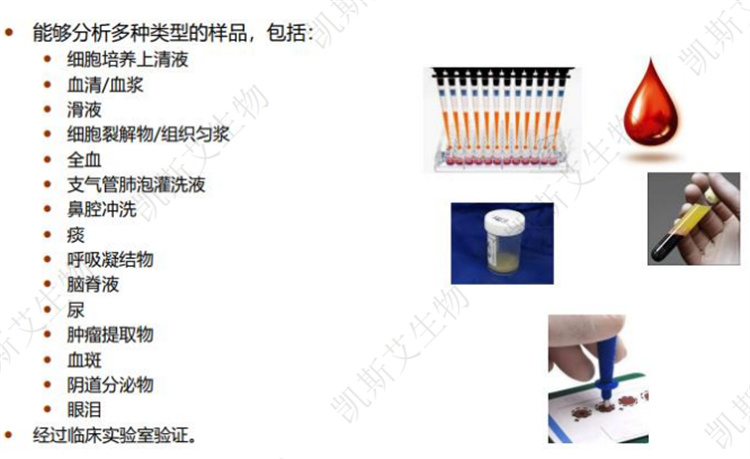
05. The signal is stable and not affected by the color sequence
• ELISA requires avoiding light during color development to ensure signal stability. Meanwhile, due to the time difference between the addition of substrate and termination solution, it is inevitable that there will be data differences caused by inconsistent color development times.
• MSD, based on electrochemiluminescence technology, requires the signal molecule SULFO-TAG to be electrically excited in order to generate a signal. Therefore, the entire experimental process does not need to avoid light and is not affected by differences in the technical level of the experimental operators. In addition, after the experiment was completed and all liquids were added, no signal was excited. Only after being fed into the instrument and electrically excited by the electrode, can a signal be generated. The excitation and signal acquisition time for each well is consistent, avoiding data differences caused by the order of substrate and termination solution addition in ELISA. The data stability is extremely high.
Application scenarios
MSD technology has become a frequent visitor to top journals such as Cell, Nature, and Lancet, and its application cases include:
• CAR-T therapy monitoring: Real time tracking of cytokine levels such as IL-6 and IFN - γ through multi factor joint detection provides accurate data for optimizing treatment plans;
• Diagnosis of neurological disorders: Quantify p-Tau protein in cerebrospinal fluid using high-sensitivity detection capability to assist in early screening of Alzheimer's disease;
• Tumor microenvironment analysis: Synchronize analysis of immune regulatory factors such as PD-L1 and TGF - β to reveal the mechanism of tumor immune escape.
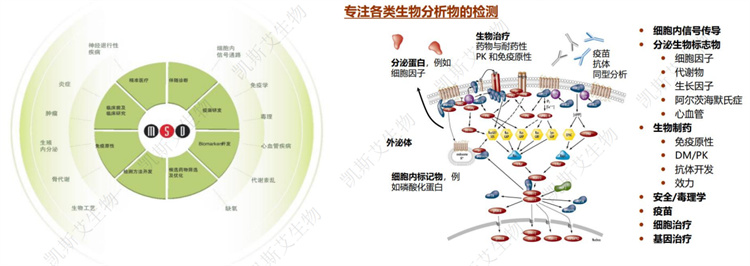
Kit type
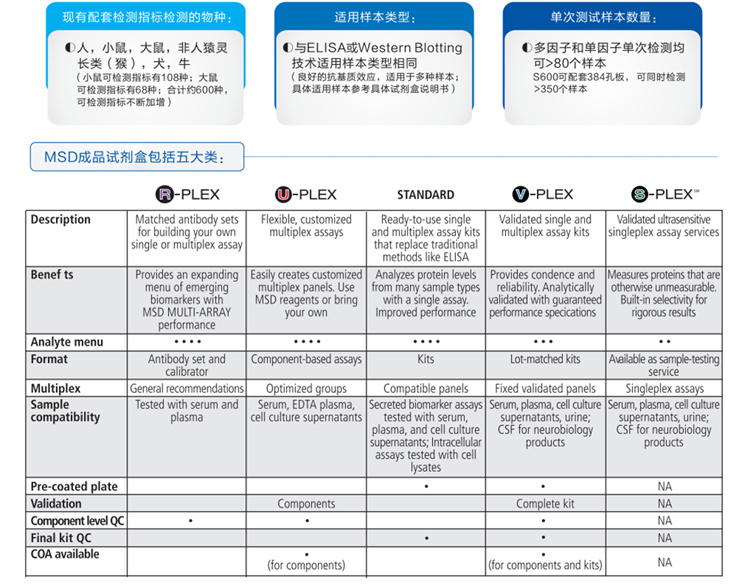
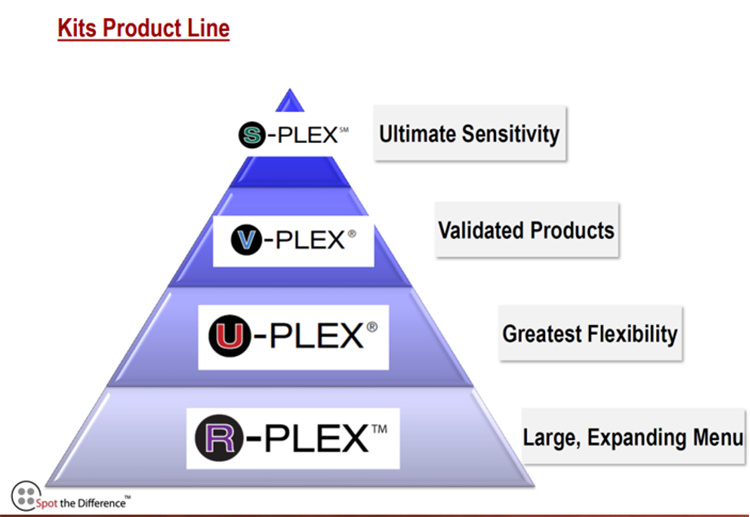
KCI Biotech MSD ultra sensitive multi factor electrochemiluminescence technology detection platform
Whether it is clinical research with scarce samples or drug development with high-throughput screening, MSD technology is becoming a "versatile assistant" for researchers due to its high sensitivity, sample saving, and multi index joint detection advantages.
The MESO QuickPlex SQ 120 ultra sensitive multi factor electrochemiluminescence analyzer equipped by KCI Biotech perfectly combines the core advantages of MSD technology with higher accessibility. This device has four outstanding features: extremely high detection sensitivity, fast detection speed, wide dynamic detection range, and simplified operation process. More importantly, it greatly enhances the accessibility of MSD multi array technology, enabling researchers to more easily utilize this cutting-edge platform and accelerate the output of research results.
